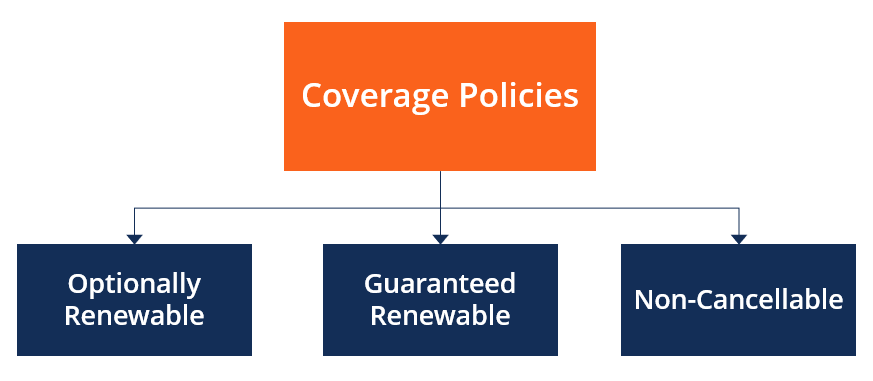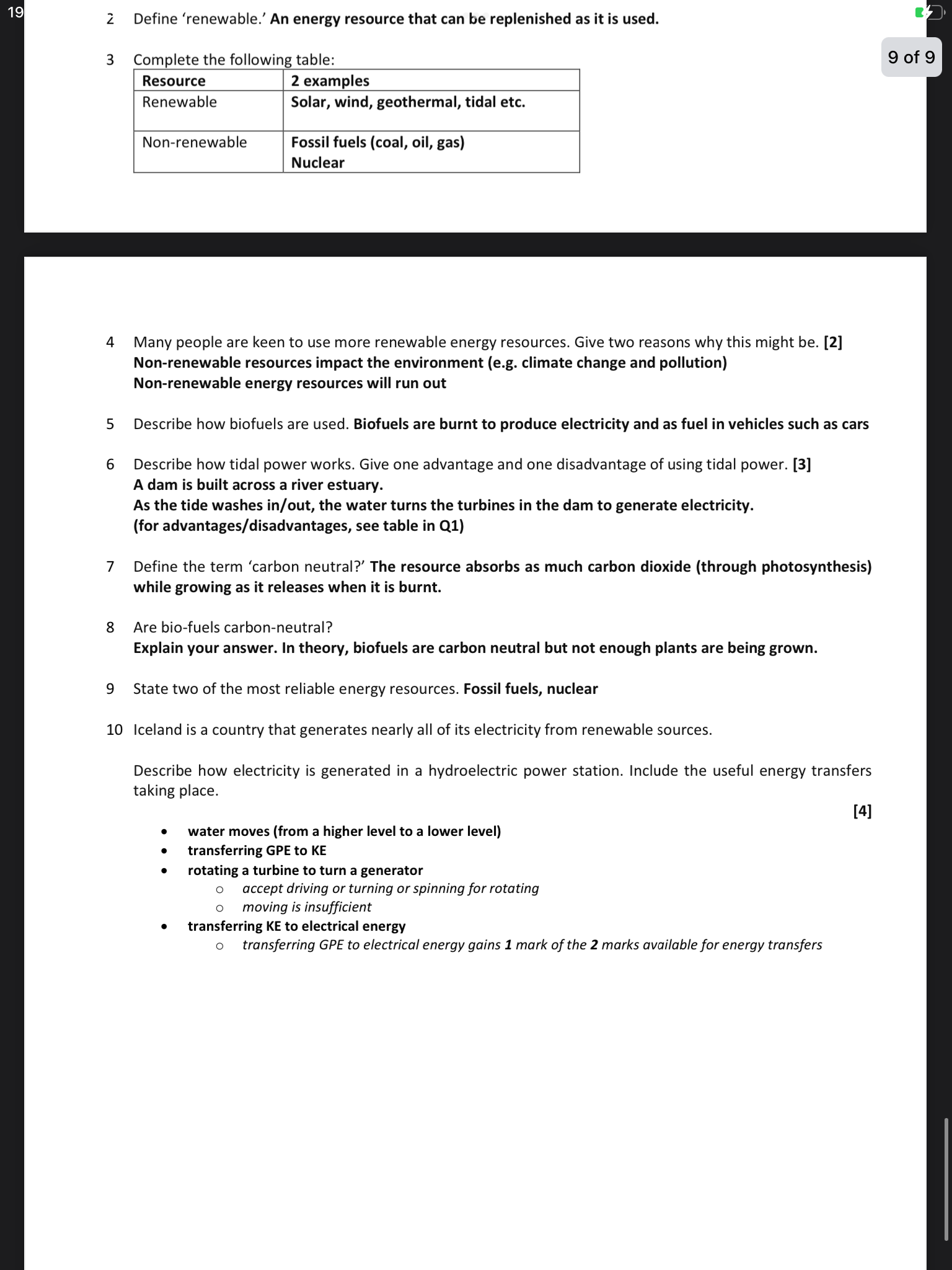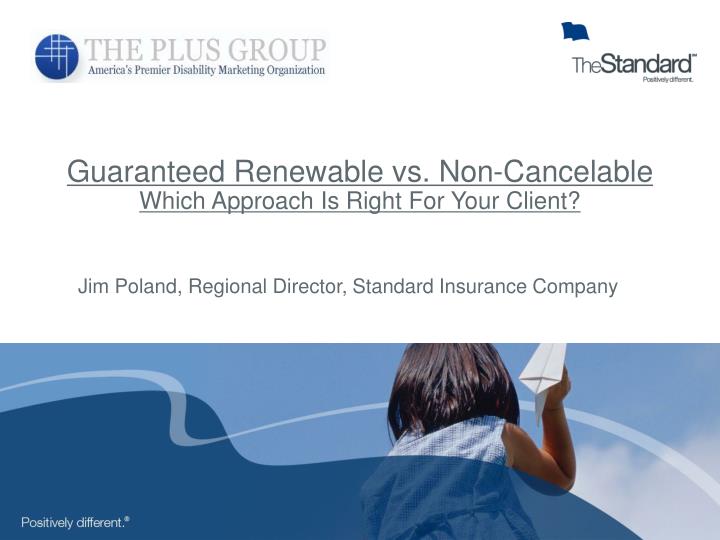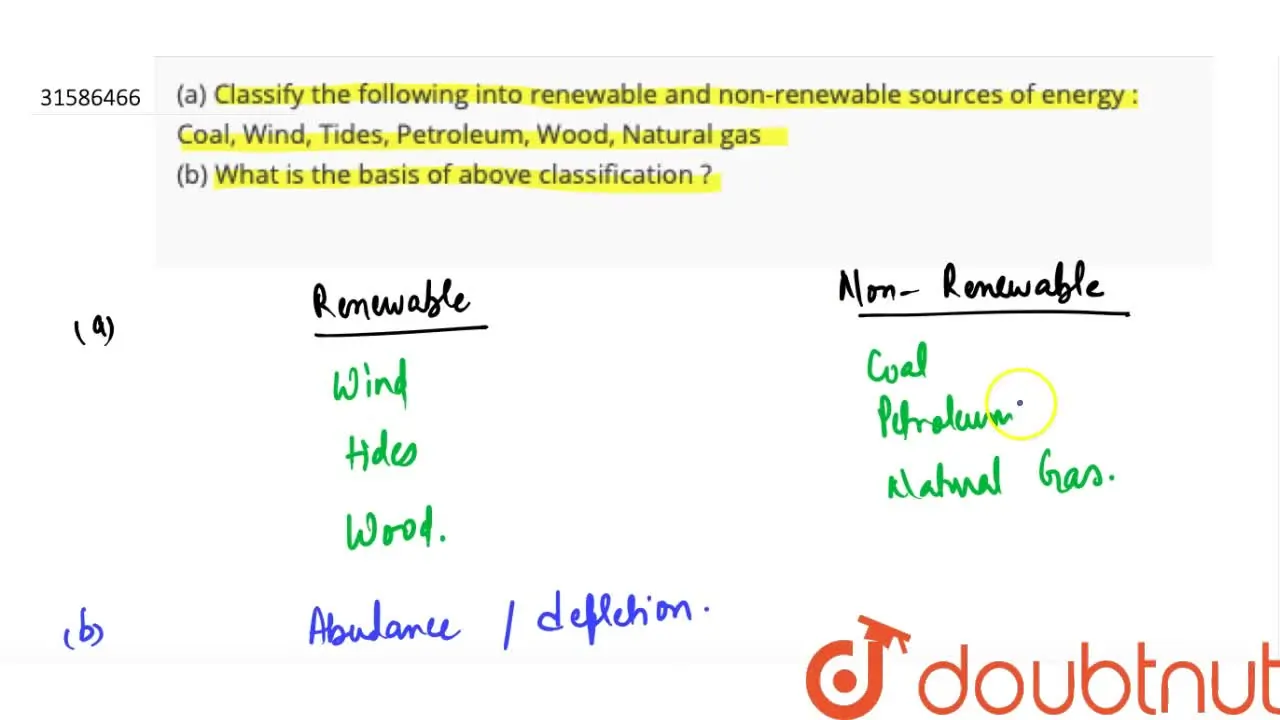Which Of The Following Statements About A Guaranteed Renewable

Guaranteed renewable energy products, designed to assure consumers that their electricity comes from sustainable sources, are under increased scrutiny as debates intensify regarding their true environmental and economic impact. Stakeholders, from policymakers to energy consumers, are grappling with understanding the nuances of these products and their implications for the future of energy.
The core question centers on accurately defining and verifying what constitutes a guaranteed renewable energy product, and what benefits or limitations accompany such guarantees. This article examines key statements circulating around this topic, offering clarity and context based on available data and expert insights.
Understanding Guaranteed Renewable Energy
Guaranteed renewable energy products, often sold by utilities or energy providers, promise that a certain percentage or all of the electricity consumed by a customer is matched with renewable energy generation. This matching is typically achieved through Renewable Energy Certificates (RECs), sometimes called Guarantees of Origin (GOs), representing the environmental attributes of one megawatt-hour (MWh) of renewable energy produced.
The complexity arises in understanding the relationship between purchasing RECs and directly stimulating new renewable energy development. It also comes from different types of renewables, and where they are located.
Key Statements and Their Nuances
Several statements frequently appear in discussions about guaranteed renewable energy. Let's examine a few:
Statement 1: Buying RECs directly funds new renewable energy projects.
The validity of this statement depends on the REC market and specific purchase context. According to research by the Environmental Protection Agency (EPA), some REC markets, particularly those with mandatory renewable portfolio standards (RPS), do drive investment in new renewable energy facilities, but this is not universally true.
Voluntary REC markets may have a less direct impact, especially if the RECs are sourced from older, already-operational facilities. To ensure a direct link to new projects, consumers should seek RECs certified by organizations like Green-e, which uphold standards for additionality and impact. Purchasing RECs does not always guarantee new projects will be built.
Statement 2: All renewable energy sources are equally beneficial to the environment.
This is a generalization that overlooks significant environmental differences. Hydroelectric power, while renewable, can have considerable environmental impacts, including alteration of river ecosystems and potential displacement of communities. Wind and solar energy, while generally considered cleaner, also have impacts related to land use, resource extraction for manufacturing, and disposal of equipment at the end of their lifespan.
Biomass energy, which involves burning organic matter, can release greenhouse gases and air pollutants. A comprehensive lifecycle assessment is necessary to compare the overall environmental impact of different renewable energy sources.
Statement 3: Purchasing guaranteed renewable energy eliminates your carbon footprint.
While purchasing renewable energy can significantly reduce a consumer's carbon footprint related to electricity consumption, it does not eliminate it entirely.
The manufacturing, transportation, and installation of renewable energy technologies all involve carbon emissions. Furthermore, the extent of carbon footprint reduction depends on the source of renewable energy. Switching to renewable energy does not eliminate all footprints.
Statement 4: Guaranteed renewable energy is always more expensive than conventional energy.
The cost of renewable energy has decreased significantly in recent years, making it increasingly competitive with fossil fuels. According to a report by the International Renewable Energy Agency (IRENA), the levelized cost of electricity (LCOE) for solar and wind power has fallen dramatically, sometimes even below the cost of new coal-fired power plants.
However, the price of guaranteed renewable energy products can vary depending on factors such as the specific renewable energy source, geographic location, and the terms of the contract. It is crucial to compare different options and assess the overall value proposition, including environmental benefits, when making energy choices. The price may vary according to several factors.
The Impact on Consumers and Society
The growing demand for guaranteed renewable energy products reflects increasing environmental awareness among consumers and businesses. By purchasing these products, consumers can support the growth of renewable energy, reduce their carbon footprint, and contribute to a more sustainable energy future. This also influences businesses that might be more green.
However, it is essential to approach guaranteed renewable energy products with a critical and informed perspective. Consumers should carefully evaluate the specific attributes of the product, including the renewable energy source, the certification standards, and the impact on new renewable energy development. Being well-informed can increase the effectiveness.
Ultimately, informed decision-making and continued dialogue about the true implications of guaranteed renewable energy are crucial for fostering a sustainable and equitable energy transition. Transparency and verification are key.








![Which Of The Following Statements About A Guaranteed Renewable [ANSWERED] Which of the following is true? A. Renewable energy is - Kunduz](https://media.kunduz.com/media/sug-question/raw/81870689-1659914400.217908.jpeg?h=512)









